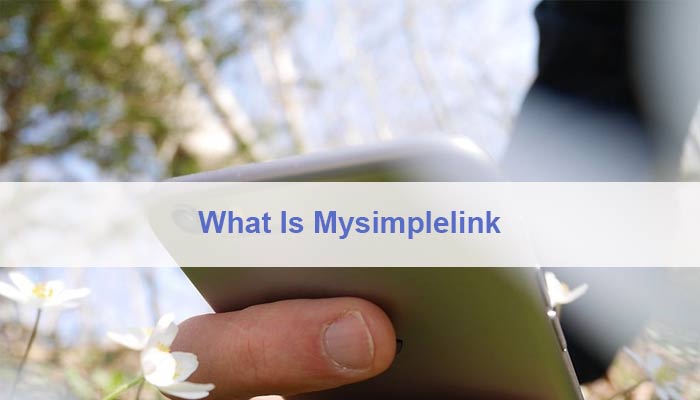Technological advances have led to a revolution in education as teachers begin integrating technology into how they teach. They have always wanted to customize education for students and now they have the means.
Using online resources from ebooks to live online lessons can encourage more independent learning. Online learning has seen widespread adoption and educators are using cloud-based applications to upload videos, learning resources and much more to enhance the learning process for students.
Mobile technology
Students are using mobile devices for everything today, from research and mind mapping to managing their study schedules and taking notes. They expect to connect to their mobile devices wherever they are. Schools, universities and colleges need to provide the connections they need to foster their ability to learn in ways that suit them.
Research has shown that when students find a topic that interests them and is relevant to them, they learn more successfully. Teachers that can tap into their interests and incorporate using mobile devices can customize educational content for individual students.
Instructional games, interactive websites, and personalized instruction allow students to proceed at their own pace and use their own learning styles. Teachers can even embed pop-up quizzes in online content delivery to evaluate students on an ongoing basis.
Digital tools
Digital tools like tablets, interactive whiteboards, and open online courses mean that students expect to connect to resources at any time and from anywhere. There are many digital tools that facilitate communication between educators and students. For instance, various tools allow teachers to create online collaborative groups, provide resources, measure student performance, and communicate with parents.
There are tools that teachers can use to create multimedia presentations, with slides in which they can embed links and interactive maps. Several tools promote the writing and reading skills of students through storytelling.
Students are quite open to using technology for learning and are aware of the benefits of online courses, virtual reality, and video games for instructional purposes.
Writing from professional subject experts
Students at college furthering their education often feel quite overwhelmed by the sheer amount of assignment writing they need to do. However, online resources offer them opportunities today that they never had in the past. For example, a student can try EduBirdie, where professional subject experts will write an essay using the correct academic language and referencing. This gives students extra time for study and an opportunity to learn more about what is required to write a quality assignment.
Learning by interaction
Connected learning allows students to exchange information with peers and friends. This can make learning more engaging and powerful as they share and give feedback. They have the opportunity to participate, express themselves, and receive recognition. There has been some research that shows that when students learn together, it helps them to score higher than those who do not.
In today’s networked world, there is no reason why any student should not have access to connected learning where they can interact with others and learn from those interactions.
Sharing with others often reveals where gaps in knowledge exist. It also means having the support of peers in the learning process and learning how to express their ideas. Sharing knowledge and ideas with others benefits not only individuals but can benefit whole communities too.
Connected learning environments
Connected learning environments help to link learning in the home, at school, and in the community. Students learn the most when learning is reinforced and supported in multiple settings. Students from all over the world have more access to education today, which is proving to be transformational in many ways.
Massive open online courses (MOOCs) provide access to many different topics, such as science, finance and entrepreneurship, for people of all genders, ages, and ethnicity, no matter where they’re located.
Educational institutions integrating technological advancements often find that their existing network services just don’t scale to accommodate new connected ways of learning. They need to implement cost-effective, scalable solutions that allow both educators and students to connect easily while also controlling access in a responsible way.
Conclusion
In today’s world, where interactive content and social communication is at everyone’s fingertips, interest-driven learning is often more successful than traditional learning. Connected learning leverages the advances of the digital age to make learning more engaging to students. It opens up countless new ways to inspire them and make them want to learn. It is possible to harness new technologies to help students learn rather than distract them from learning.
Author Bio:
Julius Sim is the Head of Support Team at Edubirdie, where he has worked on some strategic plans to boost the delivery rate and the quality of work. It has helped the service to gain number one in essays and research paper writing services. He spends his free time meditating, learning guitar and taking Zumba classes.








